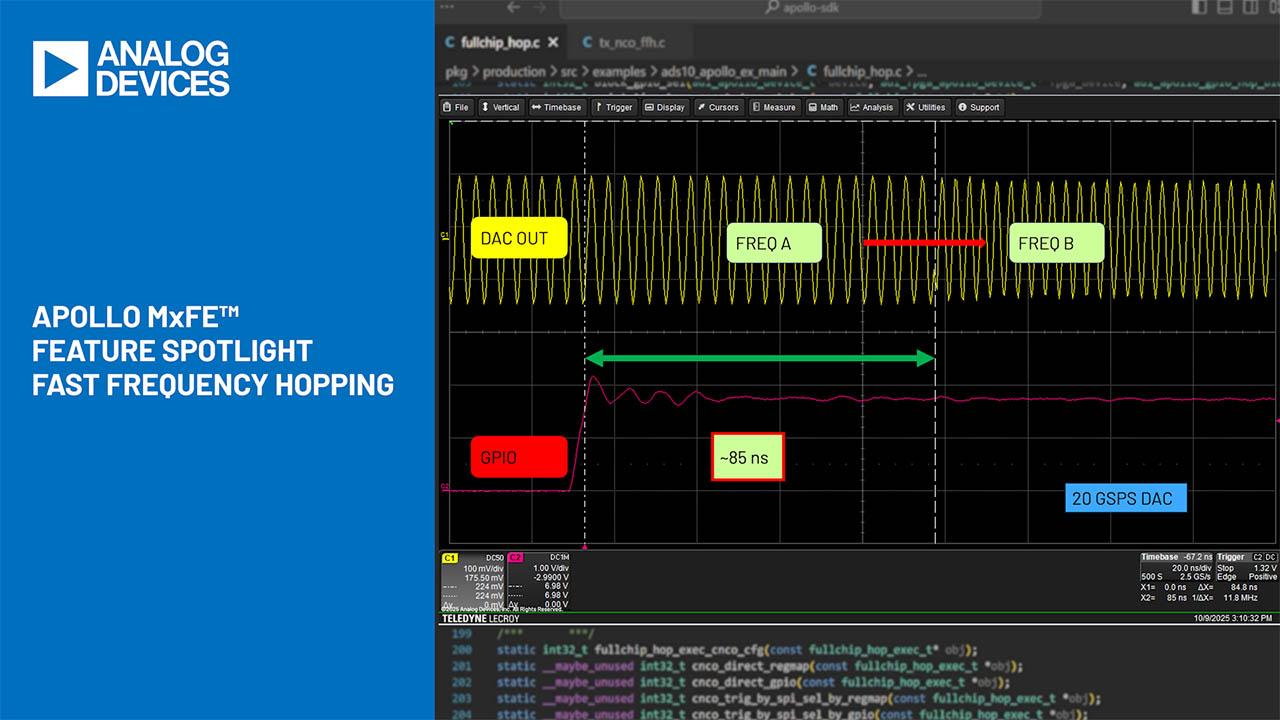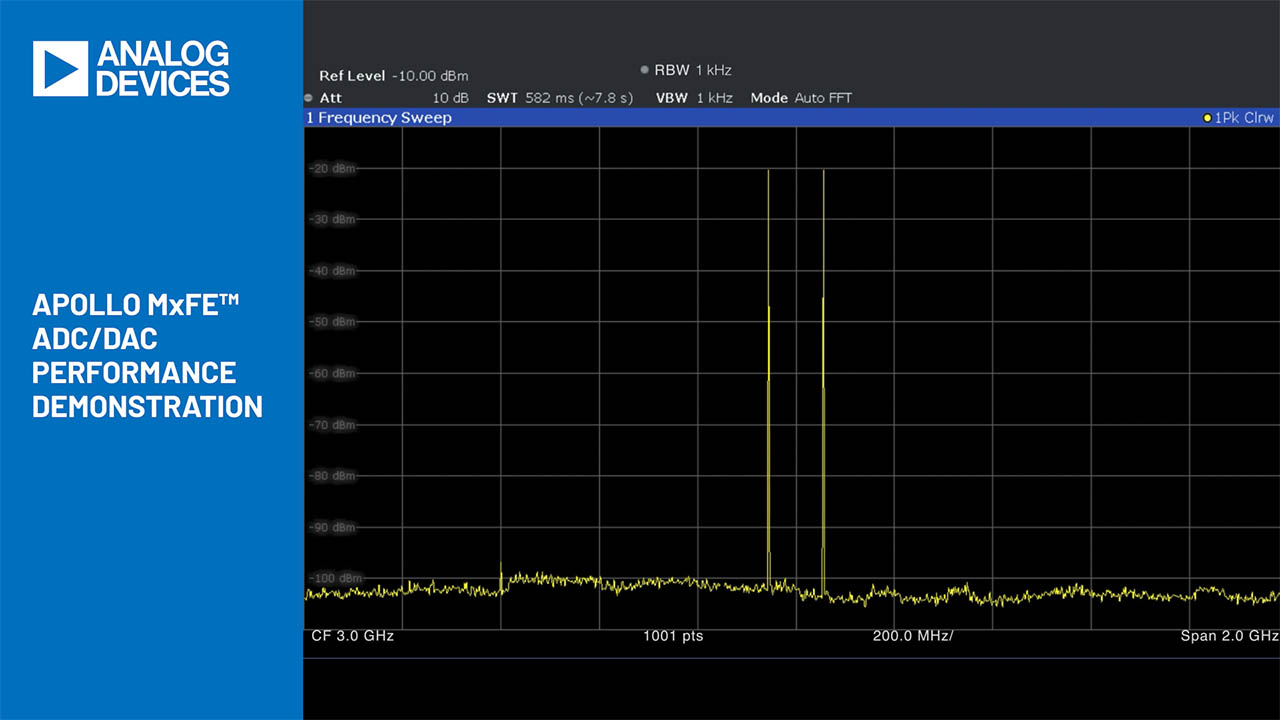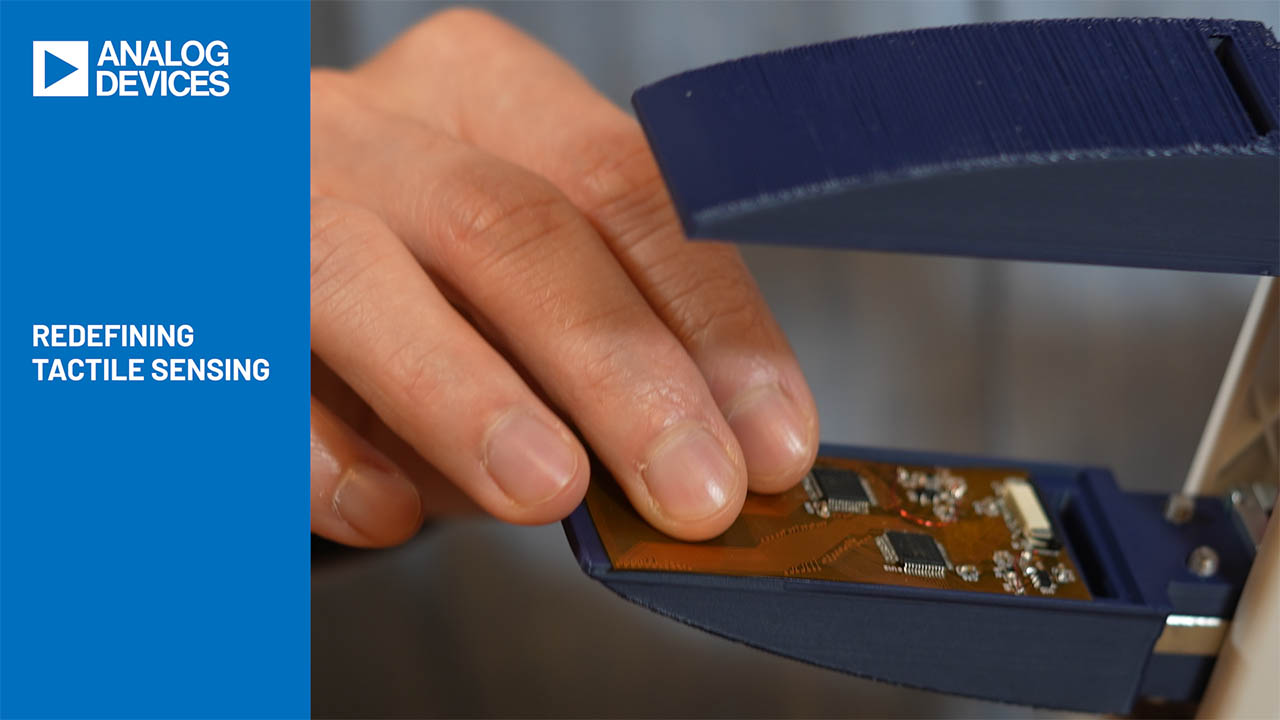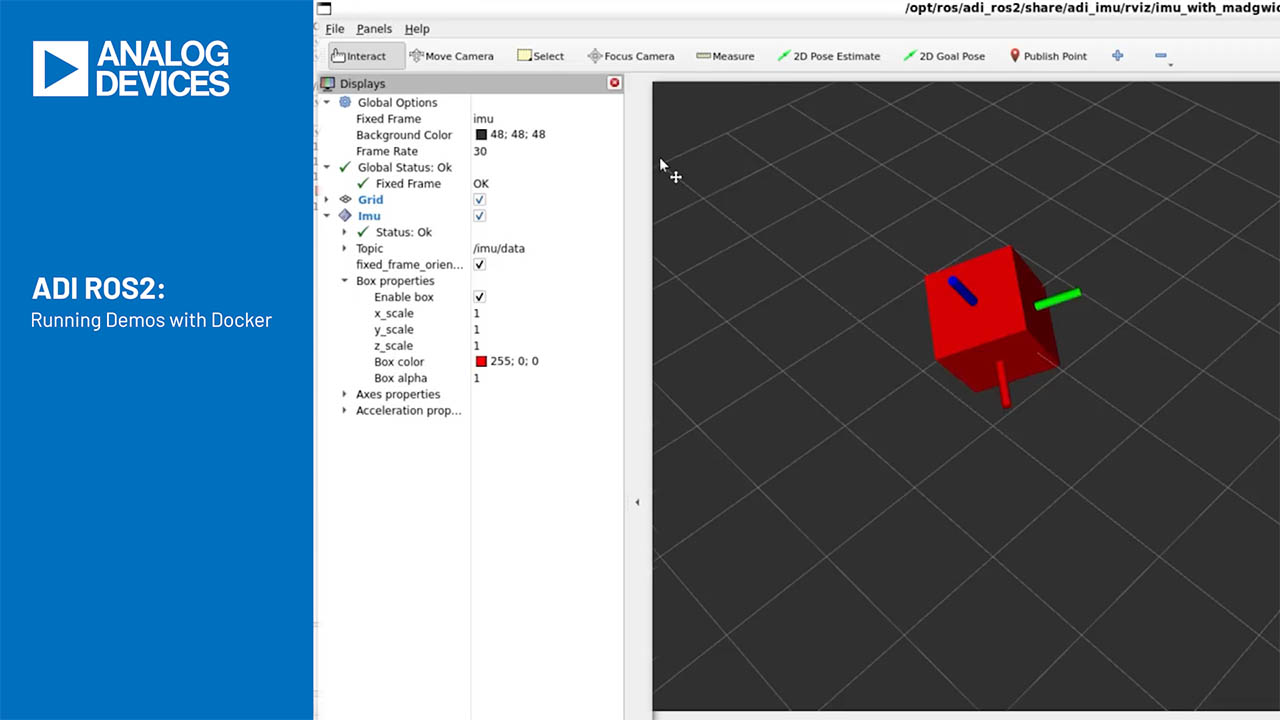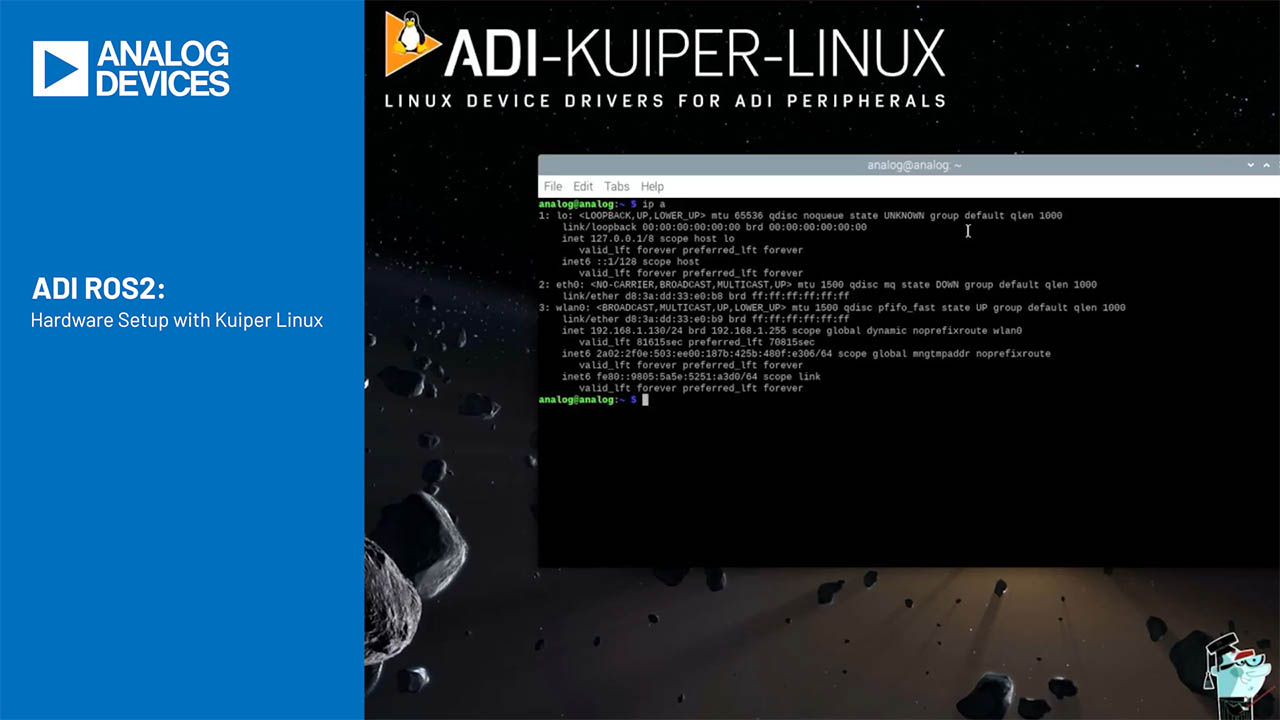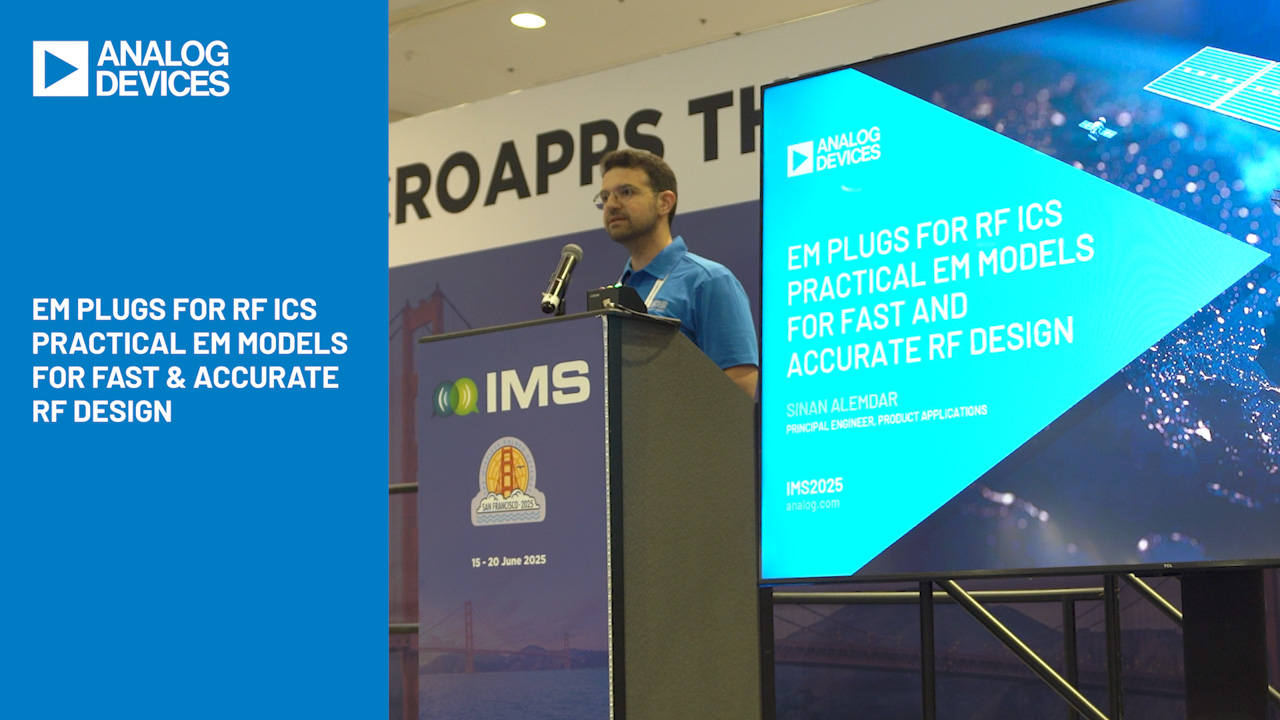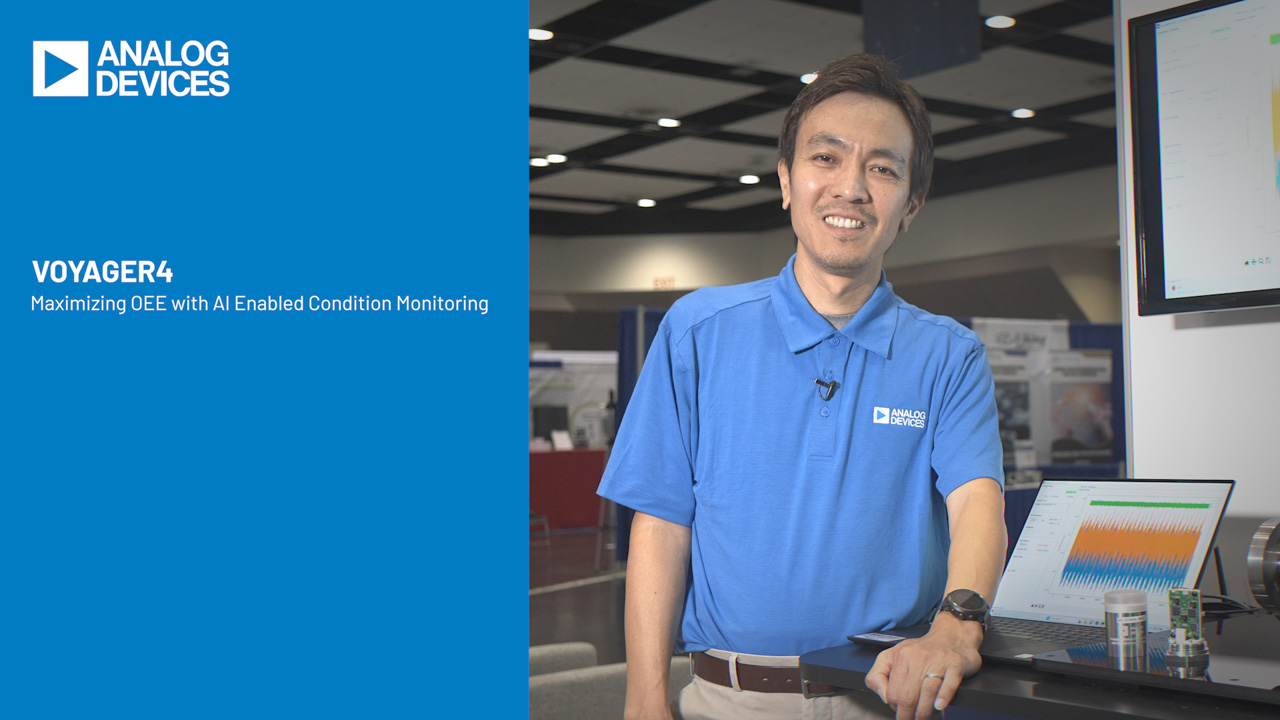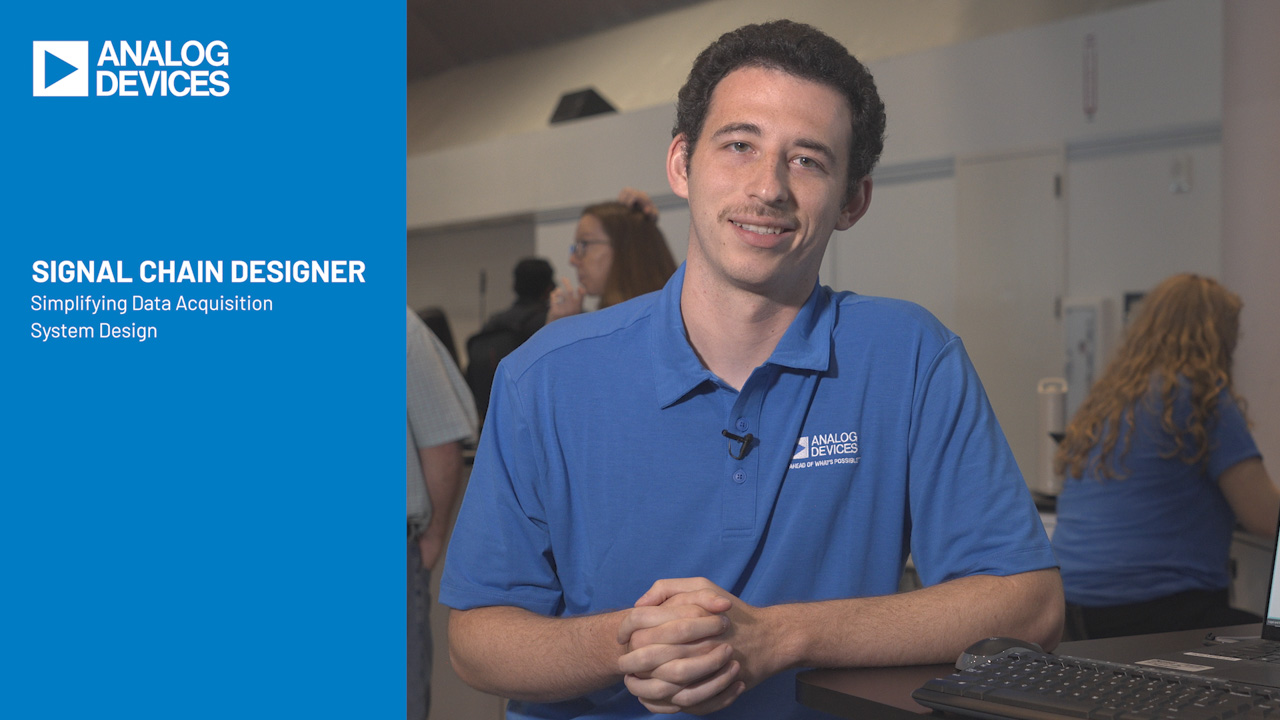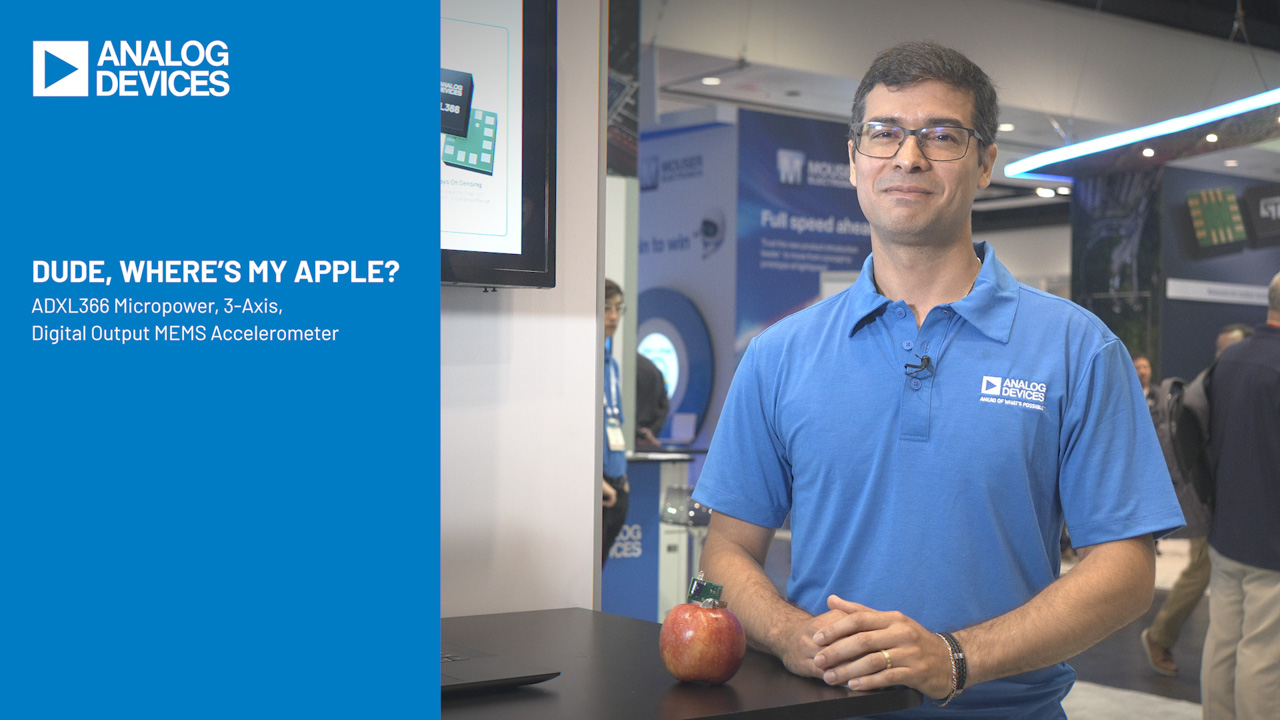4.5ns Dual-Comparator-Based Crystal Oscillator has 50% Duty Cycle and Complementary Outputs
4.5ns Dual-Comparator-Based Crystal Oscillator has 50% Duty Cycle and Complementary Outputs
Aug 1 1998
Figure 1’s circuit uses the LT1720 dual comparator in a 50% duty cycle crystal oscillator. Output frequencies of up to 10MHz are practical.

Figure 1. Crystal oscillator has complementary outputs and 50% duty cycle. A1’s feedback maintains output duty cycle despite supply variations.
Resistors at C1’s positive input set a DC bias point. The 2k–0.068µF path furnishes phase-shifted feedback and C1 acts like a wideband, unity-gain follower at DC. The crystal’s path provides resonant positive feedback and stable oscillation occurs. C2, sensing C1’s input, provides a low skew, complementary output. A1 compares band-limited versions of the outputs and biases C1’s negative input. C1’s only degree of freedom to respond is variation of pulse width; hence, the outputs are forced to 50% duty cycle.
The circuit operates with AT-cut fundamental crystals from 1MHz to 10MHz, over a 2.7V–6V power supply range. 50% duty cycle is maintained at all supply voltages, with output skew below 800 picoseconds. Figure 2 plots skew, which is seen to vary by about 800ps over a 2.7V–6V supply excursion.

Figure 2. Output skew varies only 800ps over a 2.7V–6V supply excursion.
About the Authors
James M. Williams (April 14, 1948 – June 12, 2011) was an analog circuit designer and technical author who worked for the Massachusetts Institute of Technology (1968–1979), Philbrick, National Semiconductor (1979–1982) and...



